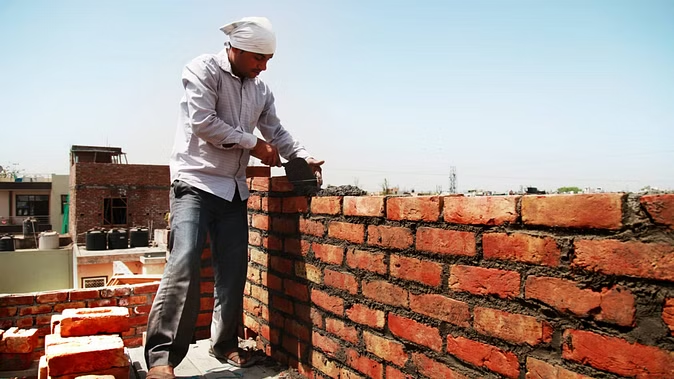Blood Disease: When platelets are low in the blood, then its signs start getting in the body in many ways.

If you think that platelets are low in the dengue-chikungunya disease itself, then let us tell you that many times platelets start decreasing even in common fever. Low platelets are fatal, so you must recognize the signs of low platelets.
When the number of platelets in the blood decreases, many types of signals start coming into the body. Therefore, if you are suffering from normal fever, not dengue-malaria or monkeypox, and this fever continues for a long time, then you should be serious about your platelets. So let's know what are the signs of low platelets and which things should not be eaten when platelets are low.
Work of Platelets in the Body
- Platelets help stop bleeding. Blood cells present in platelets work for clotting. Whenever there is an injury or cut on the body, platelets are used for clotting blood.
- Danger due to low platelets in the body
- Thrombocytopenia occurs when the platelet count is low. The blood becomes very thin in this and keeps on flowing. Teeth, nose, stool, or internal bleeding also starts.
How many platelets should be in the blood
According to the National Heart, Lung, and Blood Institute, the platelets range in the blood of adults is 150,000 to 450,000 platelets per microliter. When a person's blood platelet count falls below 150,000 per microliter, it is called low platelets.
Symptoms of low platelets
1. Bleeding nose
2. bleeding gums
3. Blood in urine
4. Blood in the stool
5. Heavy bleeding during periods
6. Bluish-brown spots on the skin
Increase the number of platelets with these things
Vitamins C, K, D, and C along with B complex, etc., as well as things containing potassium-magnesium, folate, and zinc should be taken.
(Disclaimer: Our article is for providing information only. Always consult an expert or your doctor for more details.)










